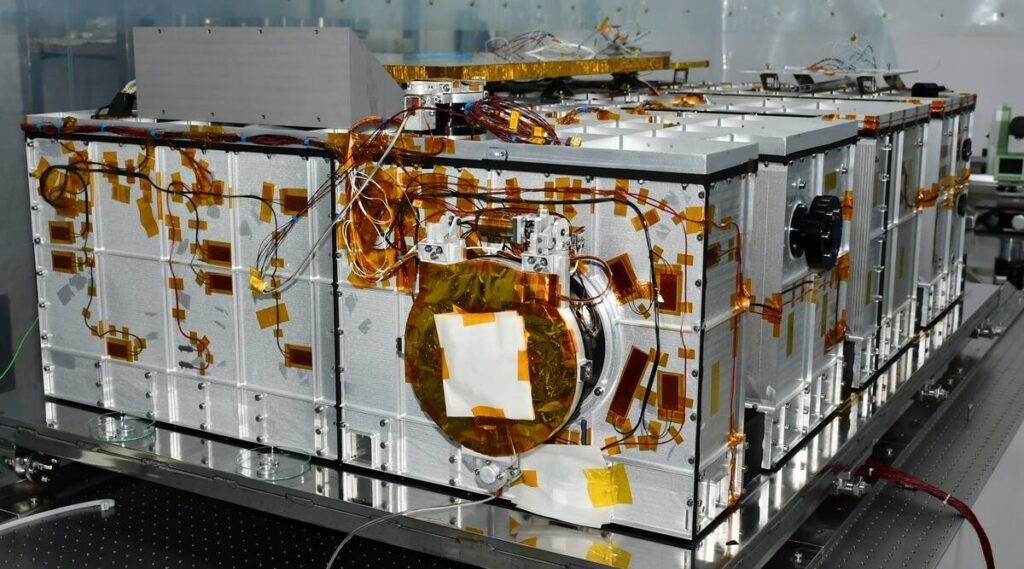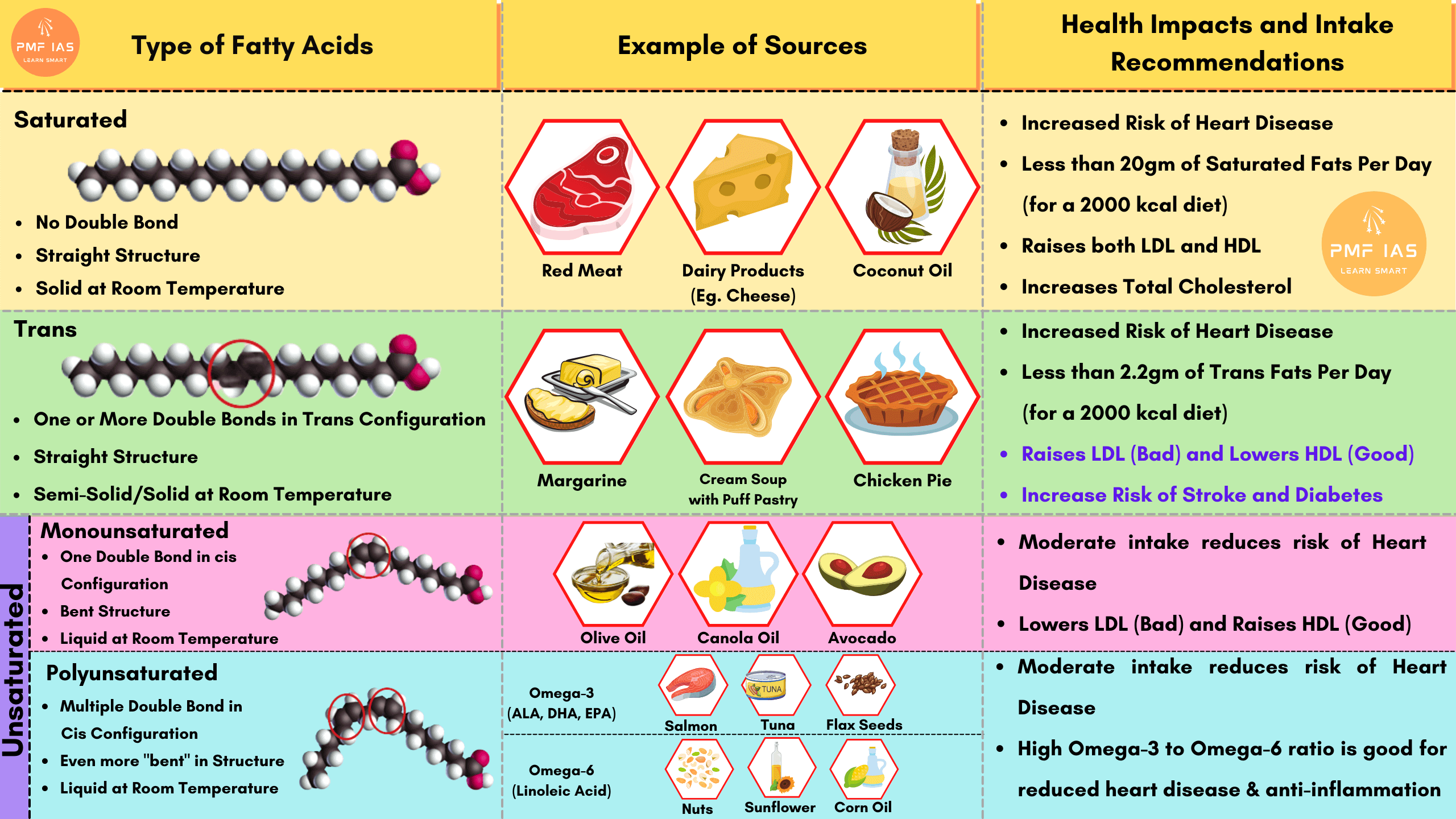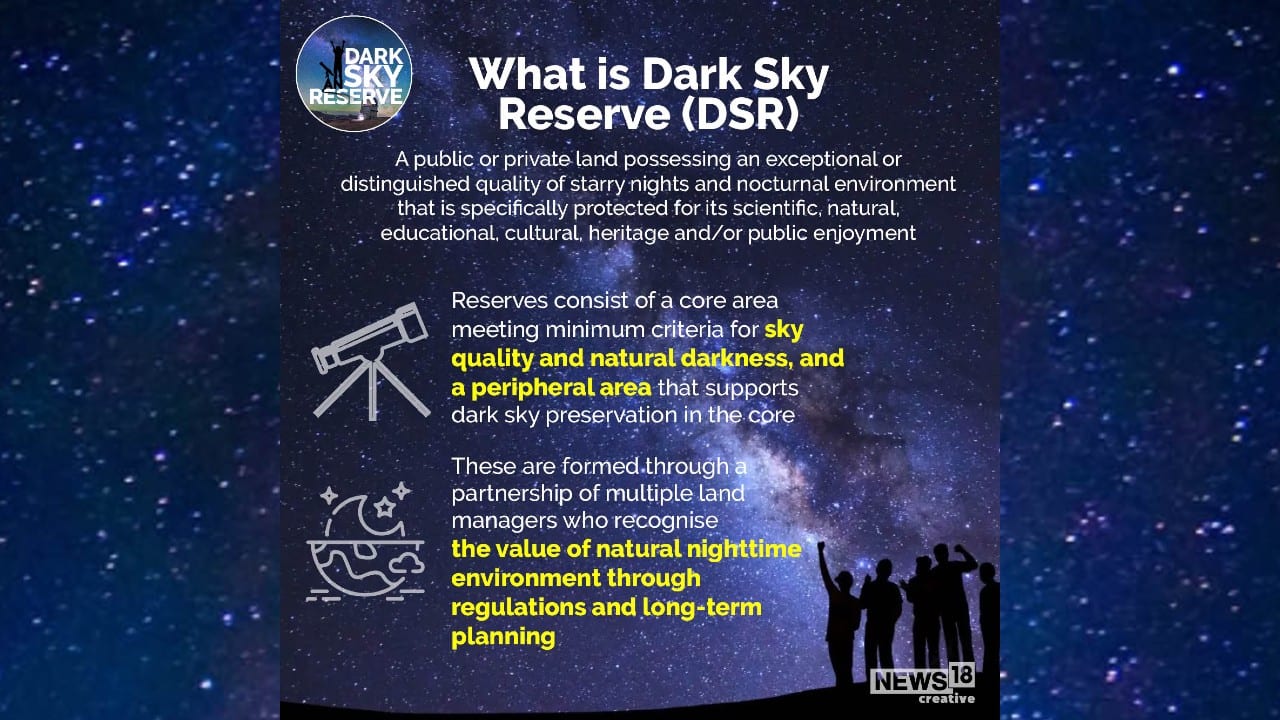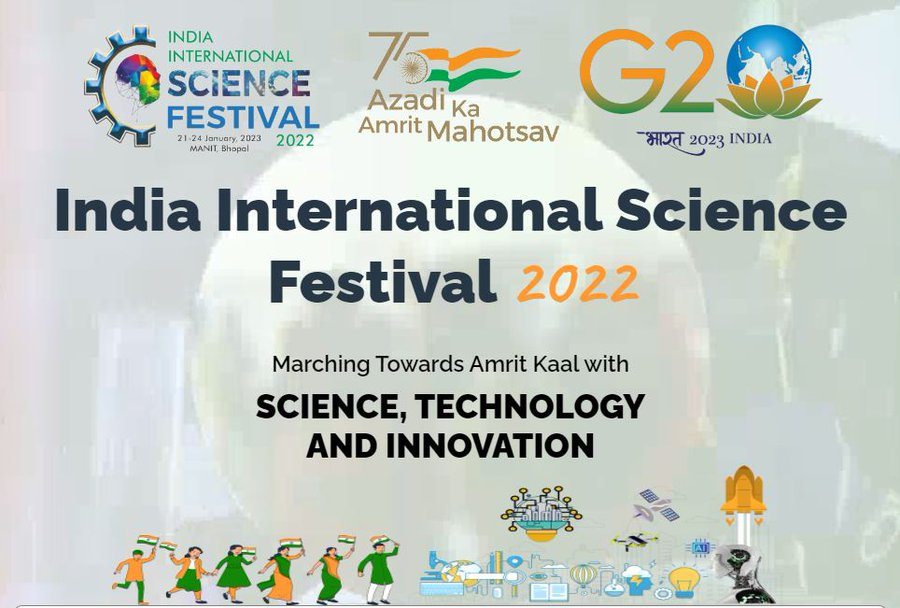
What’s in News?
- Recently, the Ministry of Information and Broadcasting (MIB) directed YouTube and Twitter to take down links sharing the BBC documentary titled ‘India: The Modi Question.’
- The order was passed under the emergency provisions of the Information Technology (Intermediary Guidelines and Digital Media Ethics Code) Rules 2021.
What’s in Today’s Article?
- What are the Emergency Provisions?
- What Actions can Users Take if their Content has been Impacted?
- News Summary with respect to Taking Down of BBC Documentary
What are the Emergency Provisions?
- Under the IT Rules 2021, the MIB has powers to issue content takedown notices to social media intermediaries like YouTube, Twitter and Facebook in emergency situations for which no delay is acceptable.
- These emergency notices can be issued if the MIB believes that the content can impact the sovereignty, integrity, defence or security of India, friendly relations with foreign states or public order, or to prevent incitement to any cognisable offence.
- Since 2021, the MIB has used the emergency provisions at least seven times (known because the Ministry communicated in press releases), most prominently for YouTube.
- However, in the case of the BBC documentary, the Ministry has not yet issued any release through its official channel – the Press Information Bureau.
What Actions can Users Take if their Content has been Impacted?
- Although the IT Rules 2021 outline user recourse options, these are only applicable to actions taken by social media companies.
- For instance, if a platform has on its own taken down some content, the user can approach the grievance officer of the platform to raise a dispute, which they are to redress within 15 days.
- However, if a platform has taken down content on the basis of the emergency provisions in the Rules, the legislation does not offer any direct recourse.
- The only option users have in this case is to approach courts. However, by their very nature, the blocking orders are confidential, which means that users do not know the provisions under which their content was flagged.
- Also, how the government decided that a particular piece of content should be taken down is not known to citizens.
- Platforms like Twitter voluntarily inform users that they have taken down their content based on the government’s request.
News Summary with respect to Taking Down of BBC Documentary:
- What has the government said about the documentary?
- The MIB has rejected the documentary produced by BBC as a “propaganda piece” that lacks objectivity and reflects a colonial mindset.
- The senior officials of ministries including the MEA, Home, and I&B have examined the documentary and found it to be an attempt to –
- Allegedly undermine the Supreme Court of India’s authority and credibility,
- Cause strife between different communities, and
- Make unproven claims about the actions of foreign governments in India.
- The documentary was accordingly found to be undermining sovereignty and integrity of India and having the potential to adversely impact India’s friendly relations with foreign states as also public order within the country.
- Opposition, experts say censorship:
- When the IT Rules 2021 were first notified, experts had already noted that it would increase political control (state surveillance) in the online space and censorship and hate speech would balloon at the same time.
- Opposition parties said the decision to block links to the documentary on YouTube and Twitter amounted to “censorship”.






















